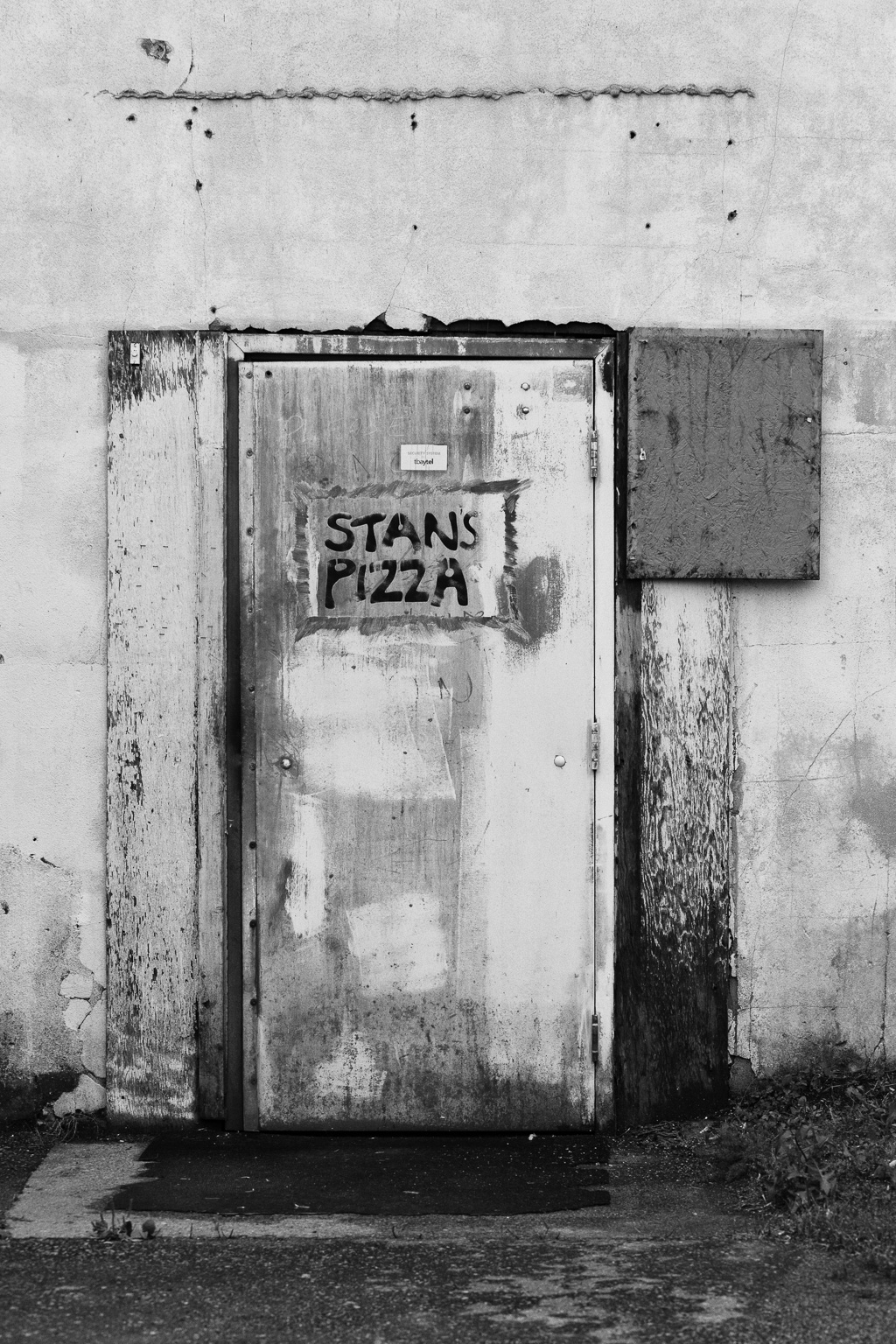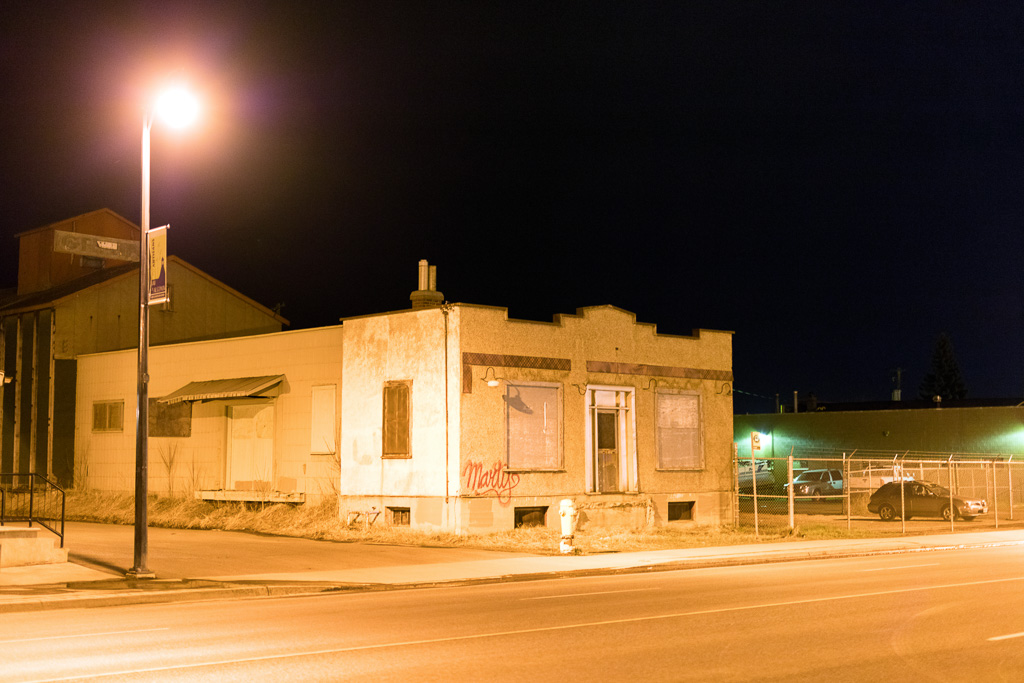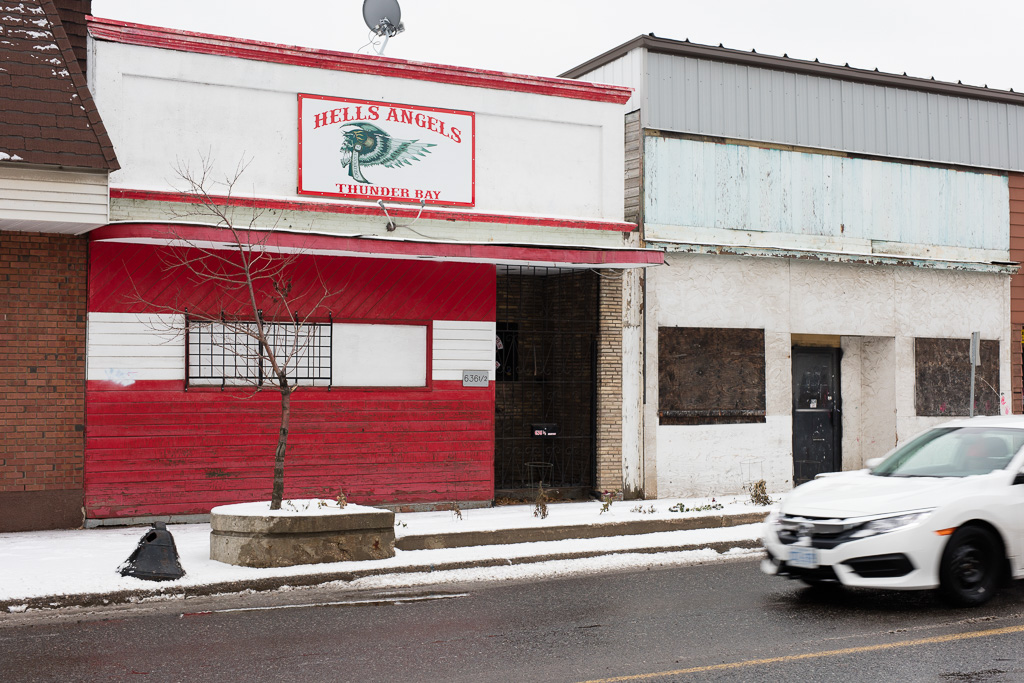
In my marriage, there are certain areas of domestic life that are subject to battles of the will.
For example, there is the question of cleaning the toilet. My wife insists that because I cause the greater mess, it’s my responsibility to clean it. I have suggested that we should take a more global approach to domestic cleaning. By way of illustration, I point out that I routinely wash the floor even though my wife does half the walking on it.
As an experiment, I’ve tried to measure my wife’s stubbornness as expressed in days without cleaning the toilet. Ordinarily, she is fastidious about these things (she absolutely refuses to use portable toilets and outhouses), but it turns out she’s not as fastidious as she is stubborn. We could go for decades without cleaning our toilet because she insists absolutely that it’s my job. It’s a matter of principle.
We have a similar battle of wills when it comes to our bedroom door. When I’m in the bedroom, the door must be shut. My wife doesn’t care.
My insistence on a shut door has nothing to do with fear or anxiety. I don’t worry that urban ninjas are going to break into our house and storm the keep. It’s more a symbolic matter. I need a sense of enclosure. Completeness. An open door is ambiguous. It allows for a leakage into the wider world.
Intellectually, I enjoy ambiguity. I love to read stories that leave me hanging in indeterminate positions. I love arguments that see-saw on a fulcrum. But as an emotional matter, I can’t abide an open door.
My wife is the opposite. If she watches a movie, she likes it when all the story lines come to clean resolutions. Art house films drive her bonkers. But as an emotional matter, she’s comfortable with open doors and the leakages they imply.
I’ve noticed lately that if I let the toilet go for a few weeks, I wake up in the morning and find that the bedroom door has been left wide open all night. And so the battle rages.



